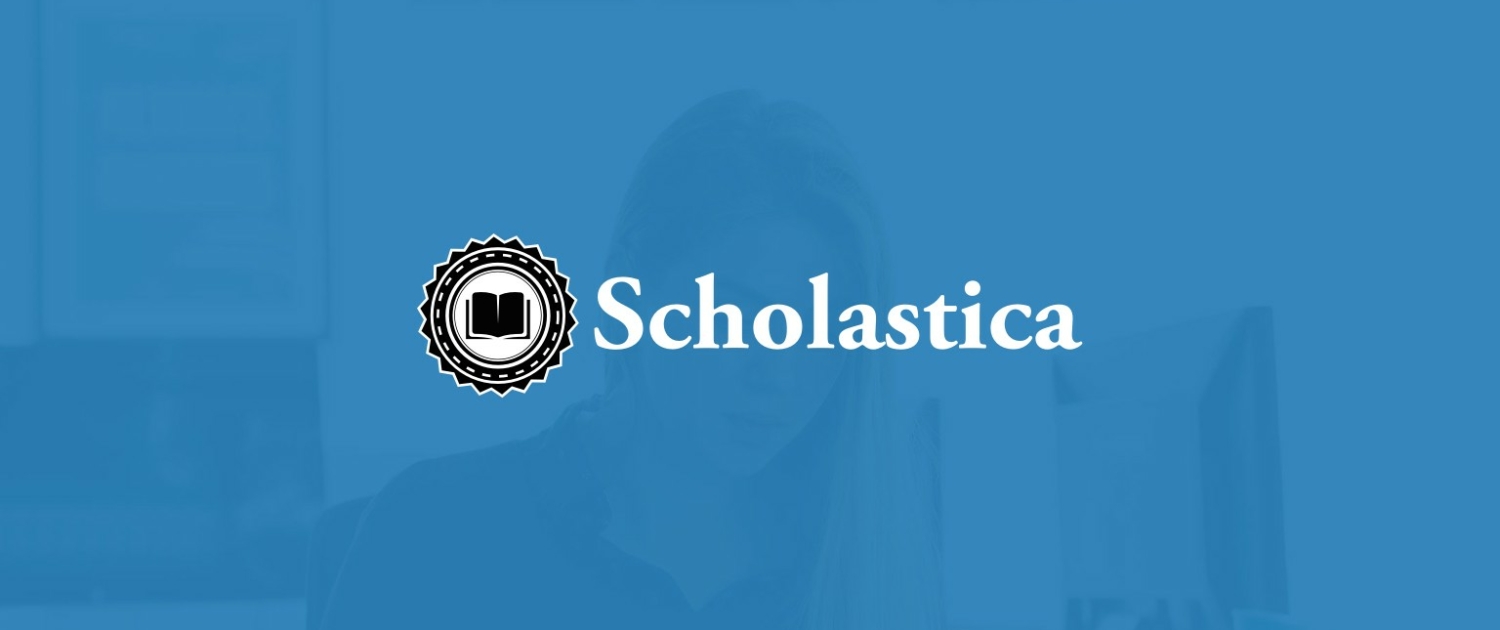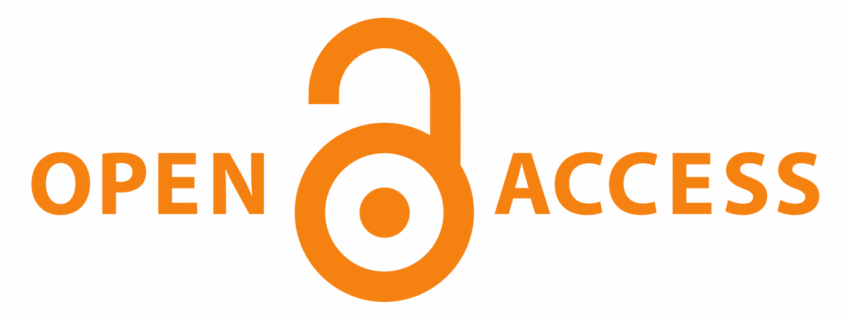Seeking Sustainable Open Access Publishing Models – Danielle Padula’s Perspective
Open access publishing has grown over the years prompted by concerns about the accessibility of science to the general public. However, publishing is not free, whether materials are needed for print or servers are needed to keep repository websites online, there is a bill to pay. How can we ensure the cost of OA publishing is sustainable? And what are the possible funding models? Crastina invited Danielle Paula, marketing and community manager for scholarly publishing technology solutions provider Scholastica, to give us some insights about the future of open access (OA) publishing. You can find her thoughts below:
Thank you Danielle for speaking with SciCrastina for our current theme: “The Future of Scientific Publication” and sharing your wealth of knowledge regarding open access scientific publishing as part of Scholastica.
Thanks so much for inviting me to do this interview!
Since the inception of Plan S, how do you think the scientific publishing industry is doing so far in making scientific research more accessible to the public and how do you think it will change in the next 3-5 years?
I don’t think Plan S has caused the industry-wide shift towards fully-OA publishing that some had thought it would, but it is still furthering open access to research. I think it’s helped build bridges between scholarly communication stakeholders and connect once siloed conversations about the future of OA, going beyond “what ifs?” to “how-tos.” For example, the launch of the Society Publishers Accelerating Open Access and Plan S Project (SPA-OPs) brought scholarly society publishers and library stakeholders together to start workshopping OA transition options.That initiative helped highlight the challenges independent academy-led publishers face when implementing OA, particularly regarding transformative models. These collaborations are leading to exciting advances such as the transformative agreement toolkit that came out of SPA-OPs. I think we’ll see more initiatives like that in the next 3-5 years.
Plan S has also pushed the community to unpack what sustainable OA means to different stakeholders — and perceptions vary widely.
For example, in cases of publishers choosing to take the Rights Retention Green OA route, you see a range of opinions. Some consider it a step forward, and others question whether the Rights Retention Strategy will water down Plan S and perpetuate subscription models. Of course, making research free to read won’t necessarily result in more affordable research access either. Certainly we see that now, with some publishers introducing article processing charges (APCs) of over $10k to authors. Whether OA publishing will be more affordable or result in the periodicals crisis-morphing into an APC one depends on the kinds of OA models the community supports. And I think productive conversations are now happening around ensuring OA is sustainable and, again, what that means exactly.
What are some of the major stumbling blocks impeding open access publishing and how can we overcome them?
We explored that question in a 2015 Scholastica white paper titled “Democratizing Open Access Journals” with the help of expert OA contributors, including Stevan Harnad and Björn Brembs. Even with the time that’s passed, I think the findings from that paper still hold. The stumbling blocks identified were problematic research assessment practices, the perpetuation of print-based publishing processes, and centralized control of journals among a few players. All of these issues interconnect and fuel each other to this day.
In many ways, the rise of the Journal Impact Factor has led to a closed-feedback loop ranking system where high-impact titles remain on top because scholars are all vying to publish in them.
Since the 1970s, a few corporate publishers have taken over many of those titles and actually the majority of journals. With this position of power, there is little incentive to increase publication efficiency or make research more accessible. With the introduction of regulatory mandates like Plan S, there is new pressure on publishers to move to OA. But, going back to my point on different perceptions of sustainable OA, I think the big question now is: Which routes will publishers take? While high-impact journals may be able to flip subscription titles to fully-OA models via multi-thousand dollar APCs, I don’t think such flavors of OA will be palatable or helpful to the overall academic community.
I think overcoming impediments to OA, or specifically more sustainable OA, really depends on having healthy competition in the ecosystem and a willingness to change. Corporate publishers need to become only a part of the picture, not the whole thing. And I think that depends on research assessment reform through initiatives like DORA and academy-led publishing organizations, including societies, university presses, and libraries, introducing more efficient, affordable, and equitable OA models. Of course, many academy-led publishers currently rely on journal subscriptions to maintain their organizations. So launching OA journals or flipping titles can be anything but straightforward, even for publishers that share a moral imperative to do so. That leads to another major stumbling block — identifying viable funding models. In our recent white paper, “Iterate to Innovate,” we explore how some publishers have been employing Agile methodologies to test OA models faster while avoiding the sunk cost fallacy.
With journal subscription and access fees ideally removed, how will publishers fund scientific article publications? Is there a model that will likely win out over others in the long run?
The answer to that question is unfolding as we speak with many possibilities. The SPA-OPs project identified over twenty OA funding models, including various types of transformative agreements, cooperative infrastructure models, institutional subsidies, grants, and Article Processing Charges (APCs).
I think it’s unlikely that one model will win out over the rest. For example, university library publishers may have sufficient institutional support to run OA journals, but scholarly societies generally can’t subsidize their own titles. They need external funds, publishing support, or both. That could come from a library publishing partnership, cooperative infrastructure funding model, a transformative agreement, or otherwise. And I think right now, the potential of any funding model really depends on the context. It depends on the journal’s discipline, the structure of its publishing organization, and how it publishes.
Do you think the peer-review and publishing system itself may change to accommodate the economics of open access publishing in the future? If so, how?
I think we’re starting to see that happening. To me, one of the most exciting areas of innovation are preprints, which are already causing changes in peer review and publishing. For example, the rise of the arXiv overlay publishing model has been a game-changer for many disciplines. In overlay publishing, journals solicit and publish articles via preprint servers. There are many cost-saving benefits to this publishing approach, and it’s also a way to promote more transparent peer review. At Scholastica, we work with multiple overlay journals, including Discrete Analysis.
Generally speaking, I think peer review and publishing systems will also start becoming truly digital-first for the first time to support affordable OA.
For example, I think we’ll see more publishers adopt more integrated peer review and publishing processes where research flows from peer review to production to external archives and indexes and so forth without the need for manual metadata entry or article re-formatting, and things like that. And that doesn’t have to be expensive. There are powerful, affordable digital publishing tools and services out there to help, like Scholastica’s solutions.

How does the Scholastica platform help with the open access publishing process
Since Scholastica’s founding in 2012, we’ve been on a mission to enable scholarly organizations of any size to publish high-quality journals as efficiently as possible to promote a more open and sustainable research future. Today, we offer modular solutions for every aspect of journal publishing, including a peer review management system, digital-first production service, and a fully-OA journal hosting platform with built-in readership analytics and discovery support. Our solutions can be used individually or integrated to move manuscripts seamlessly from one publishing stage to the next. We work with publishers of all sizes — from university presses to societies to small academic-led nonprofits.
The most important thing to distinguish about Scholastica is that we are not a publisher. We are a technology company introducing intuitive digitally-driven solutions to save publishers time and costs. Publishers can choose among Scholastica solutions to build the best workflow based on their needs, and our team is there to support them as a vendor partner. We help journal teams automate the most labor-intensive aspects of publishing like machine-readable metadata creation, article formatting, citation normalization, and indexing deposits. So they can scale their efforts sustainably and focus on furthering their mission without worrying about IT.
We thank Danielle for sharing her wealth of knowledge with us for the “Future of Scientific Publishing” theme. Her responses help to tease apart what the economic future of open access publishing may look like. If you have any thoughts on the future economics of scientific publishing, let us know in the comment section below and/or all of Crastina socials. You can find Danielle on Twitter @scholasticahq or @Djpadula5.






how do you think it will change in the next 3-5 years?
This is a very good post! Just keep updating much useful information
This is a very good post! Just keep updating much useful information !! 🙂